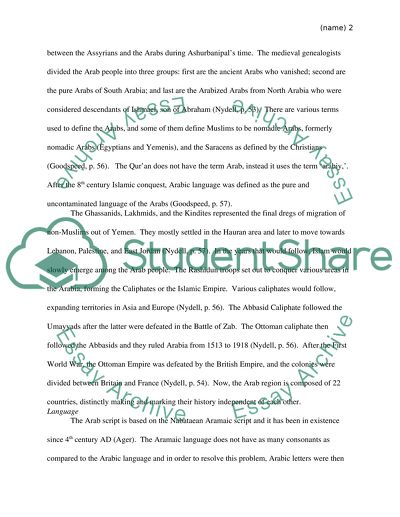Cite this document
(“ARABIC CULTURE Essay Example | Topics and Well Written Essays - 2500 words”, n.d.)
Retrieved from https://studentshare.org/miscellaneous/1585220-arabic-culture
Retrieved from https://studentshare.org/miscellaneous/1585220-arabic-culture
(ARABIC CULTURE Essay Example | Topics and Well Written Essays - 2500 Words)
https://studentshare.org/miscellaneous/1585220-arabic-culture.
https://studentshare.org/miscellaneous/1585220-arabic-culture.
“ARABIC CULTURE Essay Example | Topics and Well Written Essays - 2500 Words”, n.d. https://studentshare.org/miscellaneous/1585220-arabic-culture.


